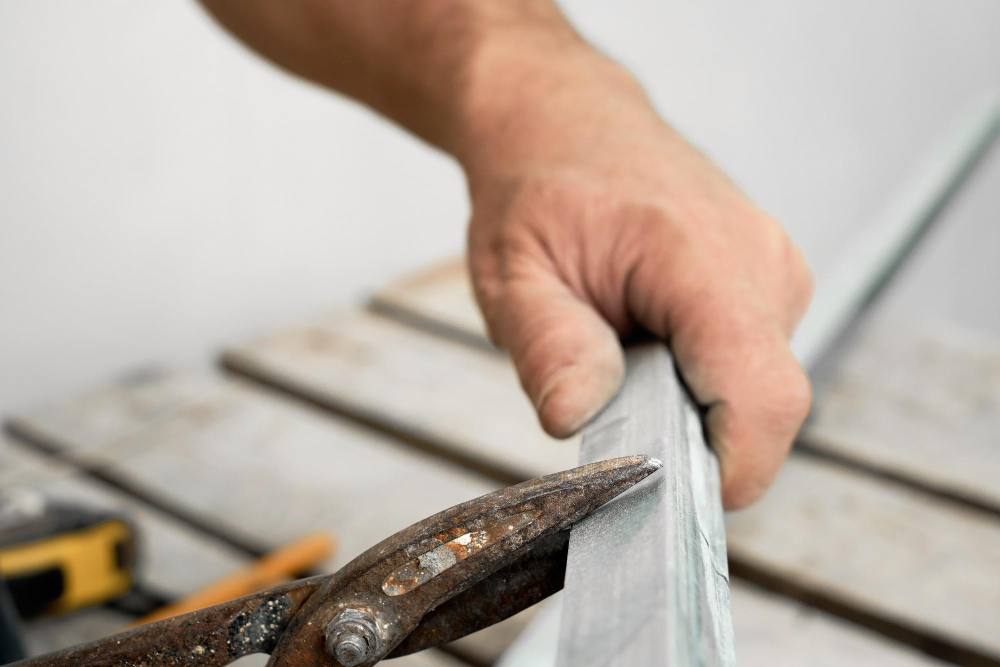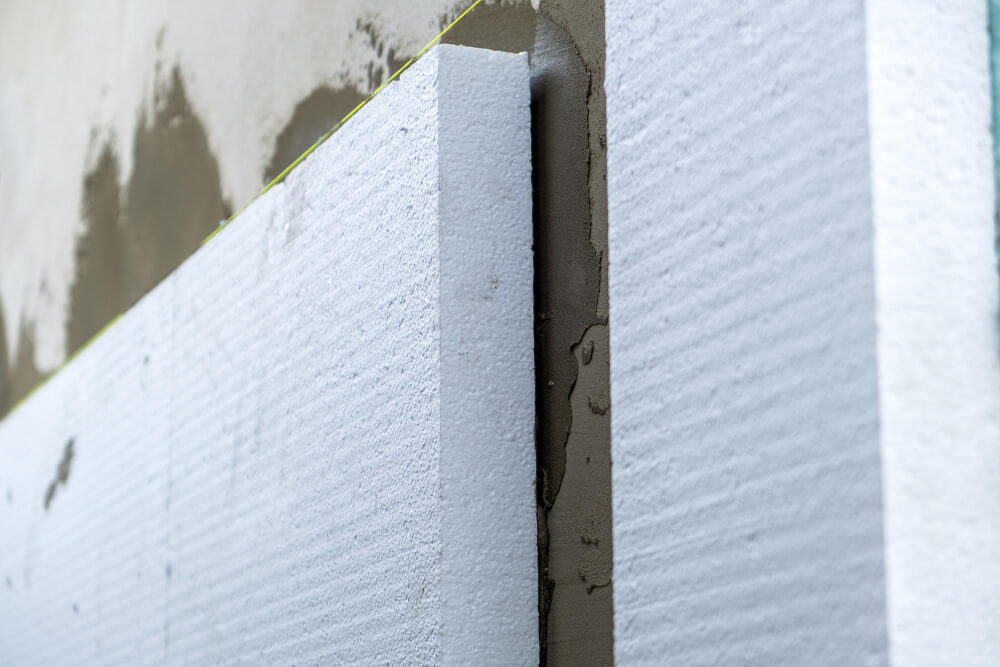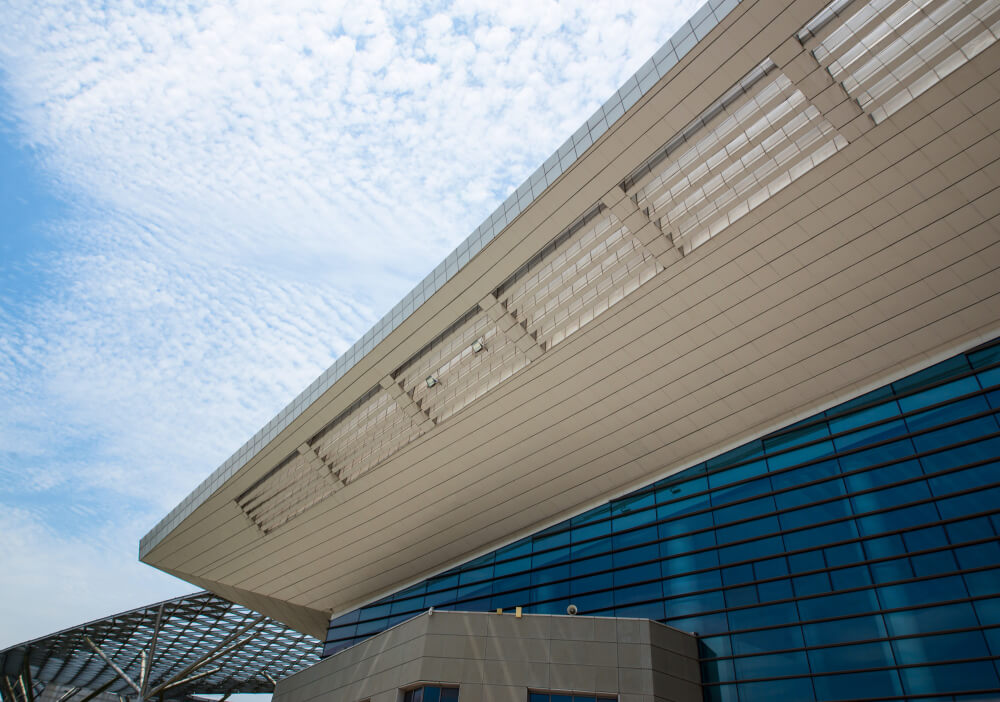
Comparing Insulated Metal Panels vs. Traditional Building Materials
Building materials play a crucial role in the construction industry. With advancements in technology, new materials are constantly being introduced to improve efficiency, sustainability, and cost-effectiveness. In this article, we will compare insulated metal panels (IMPs) with traditional building materials, exploring their features, benefits, and drawbacks. Whether you are a homeowner, contractor, or architect, understanding the differences between these options can help you make informed decisions for your construction projects.
Insulated Metal Panels
Insulated metal panels, also known as sandwich panels, are innovative building materials consisting of two metal sheets bonded to a rigid insulating core, typically made of polyurethane foam or mineral wool. The panels provide structural support while simultaneously offering thermal insulation and weather resistance. IMPs are commonly used in the construction of walls, roofs, and ceilings in both commercial and residential buildings.

Traditional Building Materials
Traditional building materials encompass a wide range of options, including brick, concrete, wood, and stone. These materials have been used for centuries and are known for their durability and versatility. Each material has unique characteristics and is suitable for different applications in construction projects.
Comparison Factors
When comparing insulated metal panels with traditional building materials, several factors should be considered:
1. Energy Efficiency
Insulated metal panels excel in terms of energy efficiency. The combination of the metal sheets and the insulating core creates a barrier that minimizes heat transfer. This helps to maintain a comfortable indoor temperature and reduces the reliance on heating and cooling systems. In contrast, traditional building materials may require additional insulation to achieve the same level of thermal performance.
2. Installation
IMPs offer quick and straightforward installation. The panels are pre-fabricated and can be easily assembled on-site, saving time and labor costs. Traditional building materials often require skilled craftsmen and longer construction time.
3. Durability
Insulated metal panels are highly durable. The metal sheets provide strength and resistance to impact, while the insulating core adds stability. They can withstand harsh weather conditions, including high winds and heavy rain. Traditional building materials, although sturdy, may be more susceptible to damage over time.
4. Maintenance
IMPs require minimal maintenance. The metal surface is resistant to rot, pests, and decay, reducing the need for frequent repairs. Traditional building materials may require regular upkeep, such as painting, sealing, and replacing damaged sections.
5. Cost-effectiveness
The cost-effectiveness of insulated metal panels depends on various factors, including project size and location. While the initial cost of IMPs may be higher than some traditional building materials, the long-term energy savings and reduced maintenance expenses can offset the initial investment.
6. Versatility
IMPs offer versatility in design and functionality. They can be customized to suit various architectural styles and are available in a range of colors, textures, and profiles.
Traditional building materials also offer design flexibility but may require additional construction techniques or finishes to achieve the desired aesthetics.
7. Aesthetics
Both insulated metal panels and traditional building materials can contribute to aesthetically pleasing structures. IMPs are known for their sleek and modern appearance, while traditional materials such as brick and wood evoke a more classic and natural look. The choice of material often depends on the desired architectural style and project requirements.
8. Sustainability
Insulated metal panels are considered sustainable due to their energy-efficient properties and recyclability. They help reduce energy consumption and greenhouse gas emissions. Traditional building materials like wood can also be sustainable if sourced from responsibly managed forests and used efficiently.

9. Fire Resistance
IMPs have excellent fire-resistant properties. The metal sheets provide a strong barrier against flames, limiting the spread of fire. Traditional materials like wood may require additional fire-retardant treatments to achieve the same level of fire resistance.
10. Sound Insulation
Insulated metal panels offer good sound insulation, reducing noise transmission from outside sources. The insulating core helps to absorb and dampen sound waves. Traditional building materials may require additional soundproofing techniques to achieve similar results.
Conclusion
In conclusion, insulated metal panels (IMPs) and traditional building materials have their own advantages and considerations. IMPs excel in energy efficiency, installation speed, durability, low maintenance, and fire resistance. They are also versatile in design and offer good sound insulation. Traditional building materials have a long-standing track record of durability, aesthetics, and sustainability.
The choice between the two depends on specific project requirements, budget, and architectural preferences.


